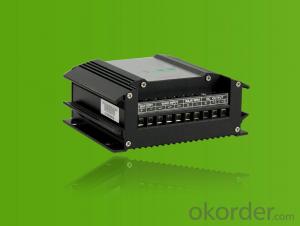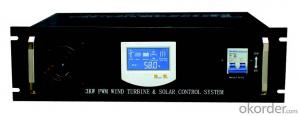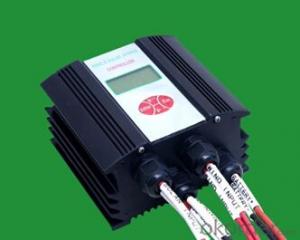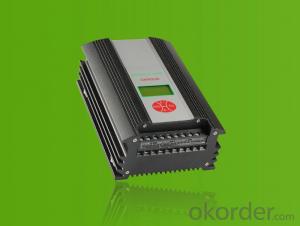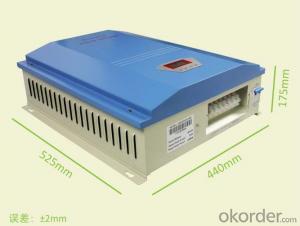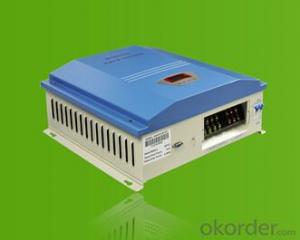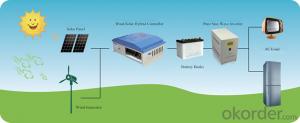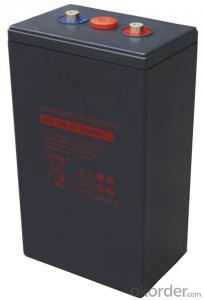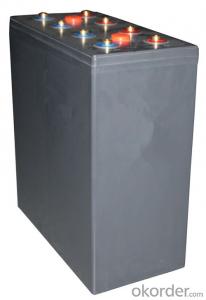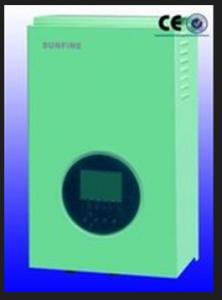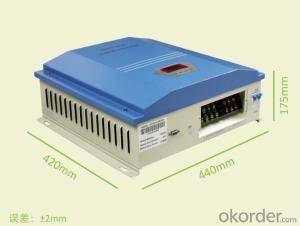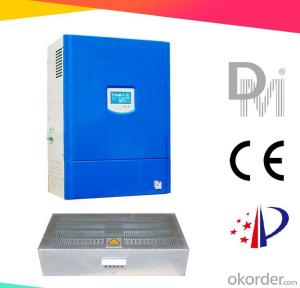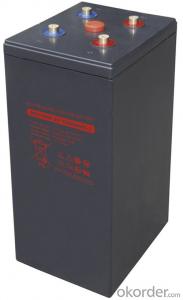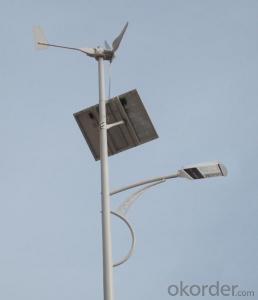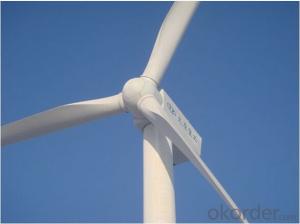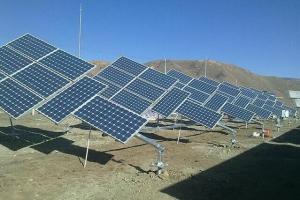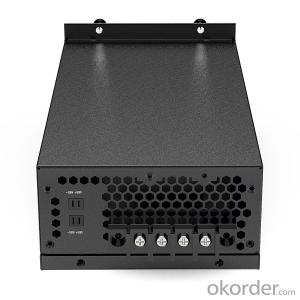Wind Solar Hybrid Controller Manual
Wind Solar Hybrid Controller Manual Related Searches
Solar Panel With Controller Best Solar Off Grid Inverter Best Solar Inverter Off Grid Best Solar Hybrid Inverter Solar Panel Off Grid Inverter Hybrid Inverter Solar System Solar Hybrid Inverter System Solar Panel Hybrid Inverter Solar Hybrid Inverter On Grid On Grid Hybrid Solar InverterHot Searches
China Hybrid Solar Inverter Solar Inverter Hybrid Price Hybrid Solar Inverter Price Solar Inverter Hybrid 10kw Solar Inverter Hybrid Tesla Hybrid Solar Inverter Solar Charge Controller Specification How Much Do Street Lights Cost China Hybrid Solar Inverter Solar Inverter Hybrid Price Hybrid Solar Inverter Price Solar Inverter Hybrid 10kw Solar Inverter Hybrid Tesla Hybrid Solar Inverter China Hybrid Solar Inverter Solar Inverter Off Grid Price Off Grid Solar Inverter Price Solar Inverter Hybrid Price Hybrid Solar Inverter Price Solar Inverter Off Grid 1000wWind Solar Hybrid Controller Manual Supplier & Manufacturer from China
Okorder.com is a professional Wind Solar Hybrid Controller Manual supplier & manufacturer, offers integrated one-stop services including real-time quoting and online cargo tracking. We are funded by CNBM Group, a Fortune 500 enterprise and the largest Wind Solar Hybrid Controller Manual firm in China.Hot Products
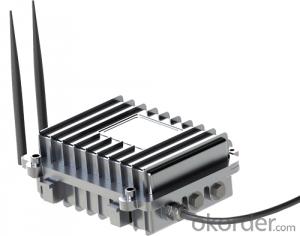
Internet of Things Wireless Centralize Controller Remote Monitor System MPPT Solar Charge Controller
FAQ
- Yes, a solar controller can be used with solar panel balcony mounts. The solar controller helps regulate and optimize the charging process of the solar panels, regardless of their mounting location. It ensures that the generated solar energy is efficiently stored in batteries or used to power appliances, providing a reliable and controlled power supply for your balcony-mounted solar panels.
- Solar panels connected to a solar heating system can indeed be used with a solar controller. The purpose of this controller is to regulate and optimize the energy flow between the panels and the connected system. When it comes to a solar heating system, the controller will constantly monitor the system's temperature and adjust the energy flow accordingly in order to maintain the desired temperature. By doing so, it enhances the efficiency and effectiveness of the solar heating system. Thus, a solar controller is a crucial component that can be utilized alongside solar panels in a solar heating system.
- Yes, a solar controller can be used with a solar-powered industrial facility. A solar controller helps regulate the flow of electricity between the solar panels and the batteries, ensuring efficient charging and preventing overcharging or damage to the batteries. In an industrial facility, a solar controller can optimize the performance and longevity of the solar power system, making it an essential component for managing the energy generated by solar panels.
- Yes, a solar controller can be used in a solar-powered cooling system. A solar controller is responsible for regulating the charge of the batteries in a solar power system, and in a solar-powered cooling system, it can help control the power supply to the cooling components. This ensures efficient use of solar energy and proper functioning of the cooling system.
- It is possible to connect a solar controller to a computer or smartphone for monitoring purposes. Many modern solar controllers come with built-in communication ports like USB or Bluetooth, which allow them to be easily connected to a computer or smartphone. By using the appropriate software or mobile applications, users can conveniently monitor and control their solar systems remotely. This connectivity feature makes it possible to monitor solar panel performance, battery status, charging/discharging rates, and other important data in real-time. Moreover, advanced solar controllers even support internet connectivity, enabling users to monitor their systems from anywhere in the world through a web-based interface or dedicated mobile apps. In general, connecting a solar controller to a computer or smartphone significantly improves the convenience and accessibility of solar system monitoring.
- Yes, a solar controller can be used with solar-powered air quality monitoring stations. A solar controller is an essential component in a solar power system as it regulates the flow of electricity from the solar panels to the monitoring station and also prevents overcharging of batteries. In the case of solar-powered air quality monitoring stations, the solar controller would connect the solar panels to the station's power system, ensuring a steady supply of clean energy to operate the sensors, data loggers, and other components. This setup allows for continuous and sustainable monitoring of air quality, without relying on grid power or frequent battery replacement. Therefore, using a solar controller is highly recommended for solar-powered air quality monitoring stations to optimize their performance and ensure reliable operation.
- The maximum number of battery types supported by a solar controller can vary depending on the specific model and brand. However, most solar controllers typically support a range of battery types, such as lead-acid, lithium-ion, gel, and AGM batteries. It is essential to check the specifications of the solar controller to determine the exact number of battery types it can accommodate.
